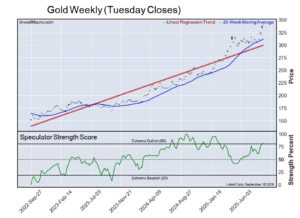The Canadian economy grew by 1.7% quarter/quarter annualized (q/q) in 2024 Q1, while 2023 Q4 was revised lower (+0.1% q/q from +1.0%). Furthermore, the flash estimate for April showed a +0.3% monthly increase. Stripping out external factors, final domestic demand came in at a very strong 2.9% q/q.
Consumer spending supported growth, rising by +3.0% q/q. The growth was largely seen in services (+4.3% q/q), driven by primarily telecommunications services, rent and air transport. Consumer goods spending (+1.3% q/q) also supported growth, as demand for new trucks, vans and sport utility vehicles remained robust.
Business investment rebounded in the quarter (+3.1% q/q) on the back of greater housing activity (resale up 7.1% q/q) and further investment in structures/machinery/equipment in the oil & gas sector. This was only the second quarterly increase since 2022 Q1.
Net trade provided only a minor lift to GDP (adding 0.1 percentage point), after providing a huge offset in late 2023. The main driver of trade was “exports of unwrought gold, silver, and platinum group metals”. This has unwound in the monthly data and shouldn’t keep adding to growth going forward.
Of note, a big drawdown of inventories subtracted 1.5% from the quarterly GDP print.
Key Implications
The Canadian economy rebounded in the first quarter of 2024. Consumer spending has held up well on the back of strong population growth, which has been tracking +3% so far in 2024. And with major projects underway to support the green transition and improve Canada’s export potential, the recovery in business investment was encouraging. Consequently, when we exclude external factors, the Canadian economy grew at its fastest quarterly pace in two years! Will this last? We don’t expect it to. Sure, the flash estimate showed a decent improvement in April, but our tracking of consumer spending points to growth right around trend. This means that the acceleration in consumer spending since late last year appears to be petering out.
The Bank of Canada is set to meet next week, and markets are leaning towards a cut. As of writing, odds point to more than a 70% chance of a June cut, while a cut in July is fully priced. We have been arguing for months now that inflation dynamics have been justifying rate cuts, yet the BoC hasn’t signaled any intention to make a move. This central bank has prided itself on communicating its intentions to make changes to monetary policy ahead of an actual move. If it wants to keep up this effort of transparency and forward guidance, we expect the BoC will hold rates steady next week and use the meeting to tee-up a rate cut in July. That said, expect fireworks as the BoC could go either way with this one.









